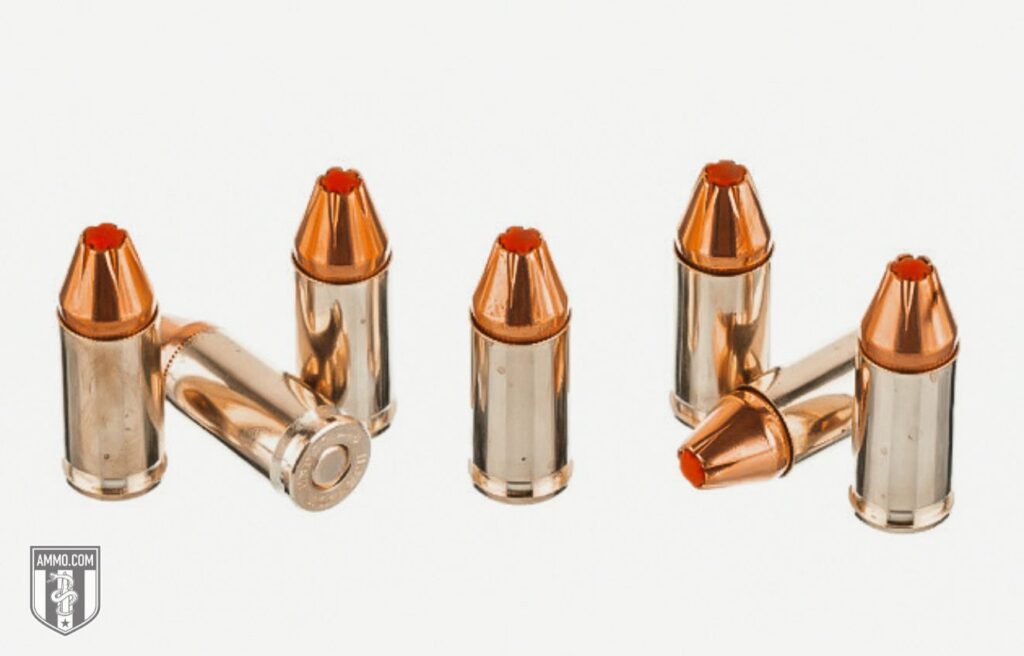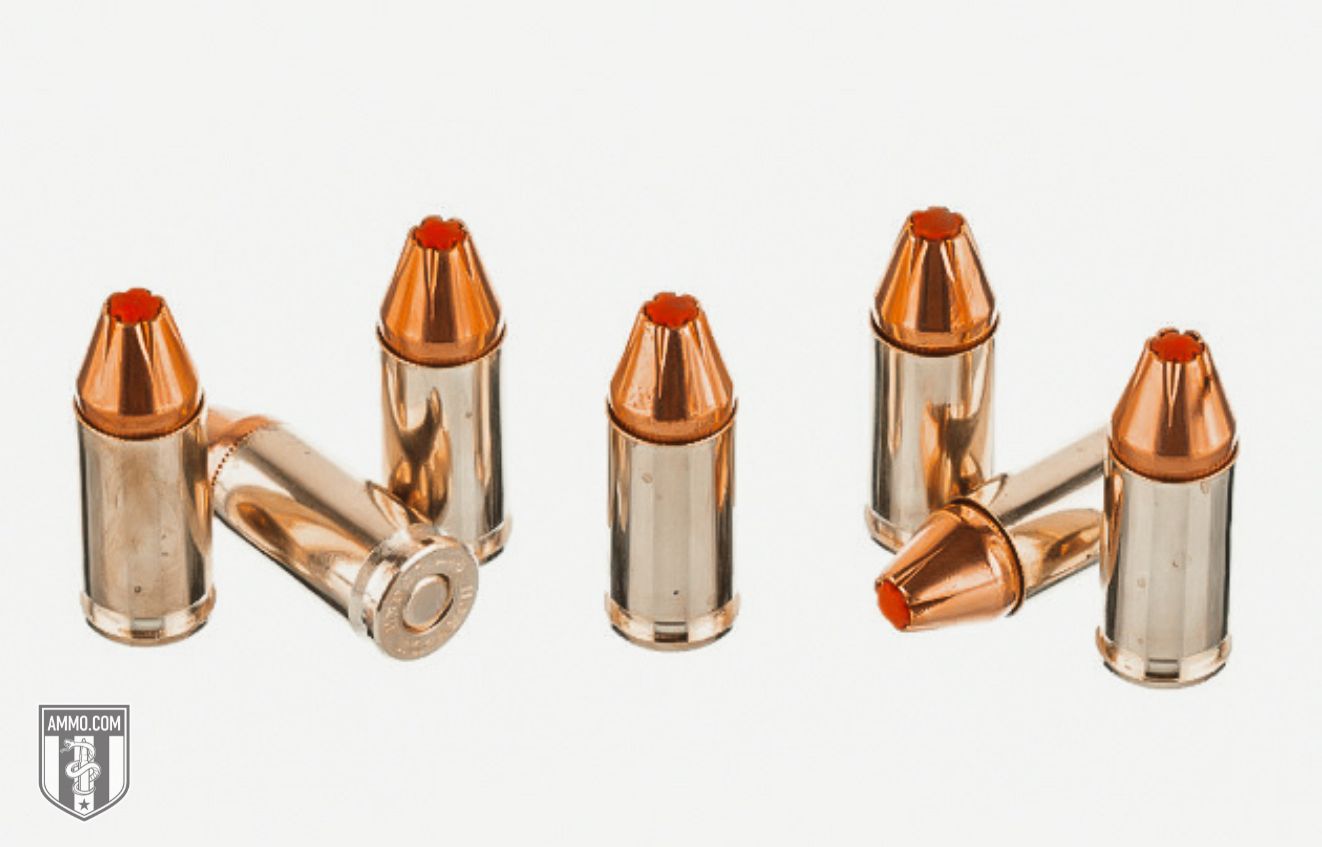
Is 30 Super Carry the Same as 30 Carbine? A Comprehensive Comparison
The world of firearms and ammunition can be confusing, especially when dealing with cartridges that sound similar. Two such cartridges that often invite comparison are the .30 Super Carry and the .30 Carbine. While both share a numerical prefix, indicating a projectile diameter around .30 inches, they are fundamentally different cartridges designed for distinct purposes. This article will delve into the specifics of each, comparing their ballistics, intended uses, firearm platforms, and overall suitability for various applications. Understanding the differences between the 30 Super Carry and the 30 Carbine is crucial for making informed decisions about firearm purchases and ammunition choices.
Understanding the .30 Super Carry
The .30 Super Carry is a relatively new cartridge developed by Federal Premium Ammunition. Introduced in 2022, it was designed to offer improved performance in compact handguns compared to traditional cartridges like the 9mm. The goal was to provide a round with greater energy and penetration capabilities in a platform suitable for concealed carry. The .30 Super Carry achieves this by utilizing a smaller diameter bullet with a higher sectional density, allowing it to penetrate deeper and more effectively transfer energy to the target.
Key Features of the .30 Super Carry
- Designed for Handguns: Primarily intended for use in semi-automatic pistols.
- High Velocity: Achieves higher velocities compared to typical handgun cartridges.
- Improved Penetration: Offers enhanced penetration due to its smaller diameter and higher sectional density.
- Compact Size: Allows for higher capacity magazines in similarly sized handguns.
Exploring the .30 Carbine
The .30 Carbine, on the other hand, is a much older cartridge, developed for the M1 Carbine rifle during World War II. It was designed to bridge the gap between the standard-issue rifle cartridge and the pistol, providing troops with a lightweight, intermediate-range weapon. The .30 Carbine is characterized by its straight-walled case and relatively low recoil, making it easy to handle. It delivers significantly more energy than typical handgun cartridges but less than full-power rifle rounds.
Key Features of the .30 Carbine
- Designed for Rifles: Specifically developed for the M1 Carbine and similar rifles.
- Intermediate Power: Offers more power than handgun rounds but less than full-size rifle cartridges.
- Low Recoil: Easy to control, making it suitable for soldiers with limited training.
- Straight-Walled Case: A defining characteristic of the cartridge design.
A Detailed Comparison: .30 Super Carry vs. .30 Carbine
To fully understand the differences between the 30 Super Carry and the 30 Carbine, let’s examine several key aspects:
Ballistics and Performance
The ballistic performance of the two cartridges is significantly different. The .30 Super Carry typically pushes a 100-115 grain bullet at velocities around 1250-1300 fps from a handgun. This results in energy levels around 350-400 ft-lbs. The .30 Carbine, firing a 110-grain bullet from a rifle-length barrel, achieves velocities closer to 2000 fps, generating energy levels around 900-1000 ft-lbs. This means the .30 Carbine has considerably more energy and a flatter trajectory, making it effective at longer ranges. The 30 Super Carry, while delivering respectable energy for a handgun cartridge, is primarily designed for close-range engagements.
Intended Use and Applications
The intended uses of these cartridges are vastly different. The .30 Super Carry is primarily intended for personal defense, particularly concealed carry. Its compact size and enhanced performance compared to other handgun cartridges make it a viable option for those seeking increased stopping power in a small package. The .30 Carbine, originally designed for military use, found applications in law enforcement and civilian shooting sports. While it can be used for personal defense, its larger size and lower availability compared to common handgun rounds make it less practical for concealed carry. It is better suited for home defense or recreational shooting.
Firearm Platforms
The firearm platforms chambered for these cartridges reflect their intended uses. The .30 Super Carry is primarily found in semi-automatic handguns, with several manufacturers offering pistols specifically designed for this cartridge. These handguns are typically compact or subcompact, making them suitable for concealed carry. The .30 Carbine, as the name suggests, is primarily chambered in the M1 Carbine rifle and its variants. While some pistol-caliber carbines may be chambered in .30 Carbine, the cartridge is overwhelmingly associated with the M1 Carbine platform.
Recoil and Handling
Recoil is another significant difference. The .30 Super Carry, while having more recoil than a 9mm, is still manageable in most handguns. The recoil is a trade-off for the increased energy and penetration. The .30 Carbine has very mild recoil, making it easy to shoot accurately, especially for inexperienced shooters. This low recoil was a key factor in its adoption as a military weapon, as it allowed soldiers with minimal training to effectively engage targets.
Availability and Cost
Availability and cost are important considerations for any cartridge. The .30 Carbine has been around for a long time, so ammunition is generally available, although the price can fluctuate depending on market conditions. The .30 Super Carry, being a newer cartridge, may be less readily available, and the cost per round might be higher compared to more established cartridges. This is a factor to consider when choosing a firearm and ammunition, as consistent practice is essential for proficiency.
Is the .30 Super Carry a Replacement for the .30 Carbine?
The answer is a definitive no. The .30 Super Carry and the .30 Carbine are designed for completely different applications and firearm platforms. The .30 Super Carry is a handgun cartridge intended for personal defense, while the .30 Carbine is a rifle cartridge designed for intermediate-range engagements. While both cartridges share a .30 caliber designation, their performance characteristics, intended uses, and firearm platforms are distinct. They are not interchangeable, and neither can be considered a replacement for the other.
Who Should Choose the .30 Super Carry?
The .30 Super Carry is a good choice for individuals looking for a high-performance handgun cartridge for personal defense. If you prioritize increased stopping power and penetration in a compact handgun, the .30 Super Carry may be a suitable option. However, it is essential to consider the availability and cost of ammunition, as well as the limited selection of firearms chambered for this cartridge. [See also: Best Handguns for Concealed Carry]
Who Should Choose the .30 Carbine?
The .30 Carbine is suitable for individuals who own an M1 Carbine rifle and want a lightweight, easy-to-handle firearm for recreational shooting or home defense. While it is not ideal for concealed carry, the .30 Carbine can be a viable option for those seeking a low-recoil rifle for various applications. Keep in mind that the .30 Carbine is an older cartridge, and ammunition availability and cost may vary. [See also: M1 Carbine: A Historical Overview]
Conclusion
In conclusion, while the .30 Super Carry and the .30 Carbine share a caliber designation, they are fundamentally different cartridges designed for distinct purposes. The .30 Super Carry is a modern handgun cartridge aimed at providing increased performance in compact pistols, while the .30 Carbine is an older rifle cartridge designed for intermediate-range engagements. Understanding these differences is crucial for making informed decisions about firearm purchases and ammunition choices. The 30 Super Carry is not the same as the 30 Carbine. Consider your specific needs and intended use before selecting either cartridge. If you are looking for a high-performance handgun cartridge for personal defense, the .30 Super Carry may be a suitable option. If you own an M1 Carbine and want a lightweight, easy-to-handle rifle for recreational shooting or home defense, the .30 Carbine may be a better choice. Always prioritize safety and responsible gun ownership when handling firearms and ammunition.

